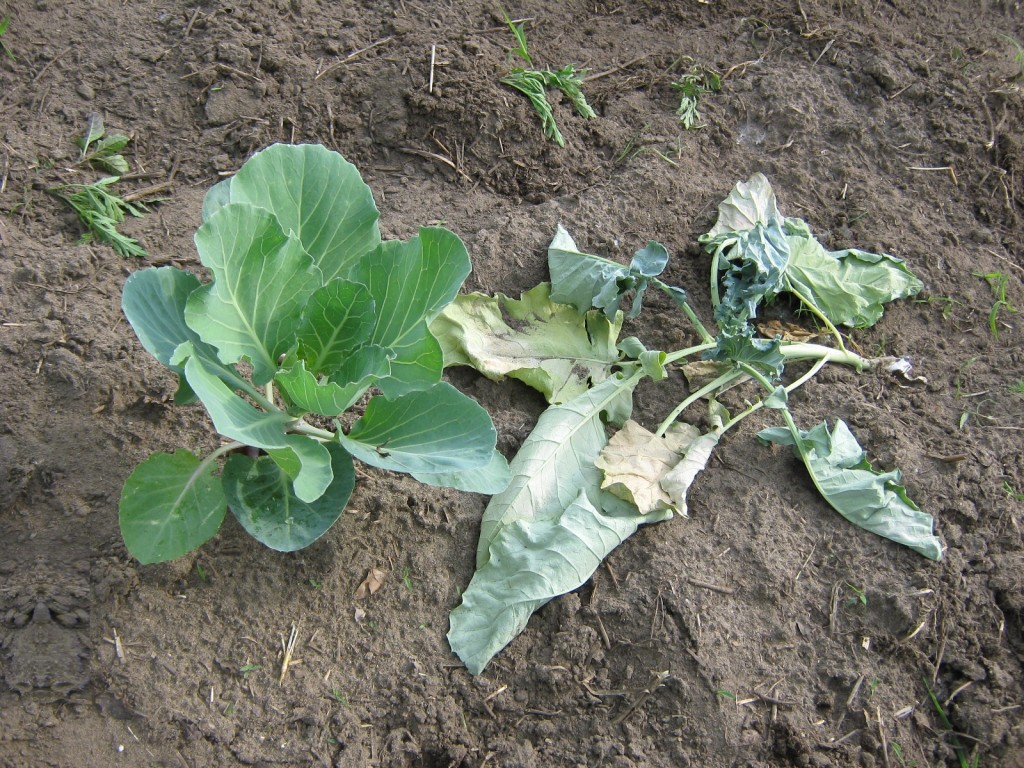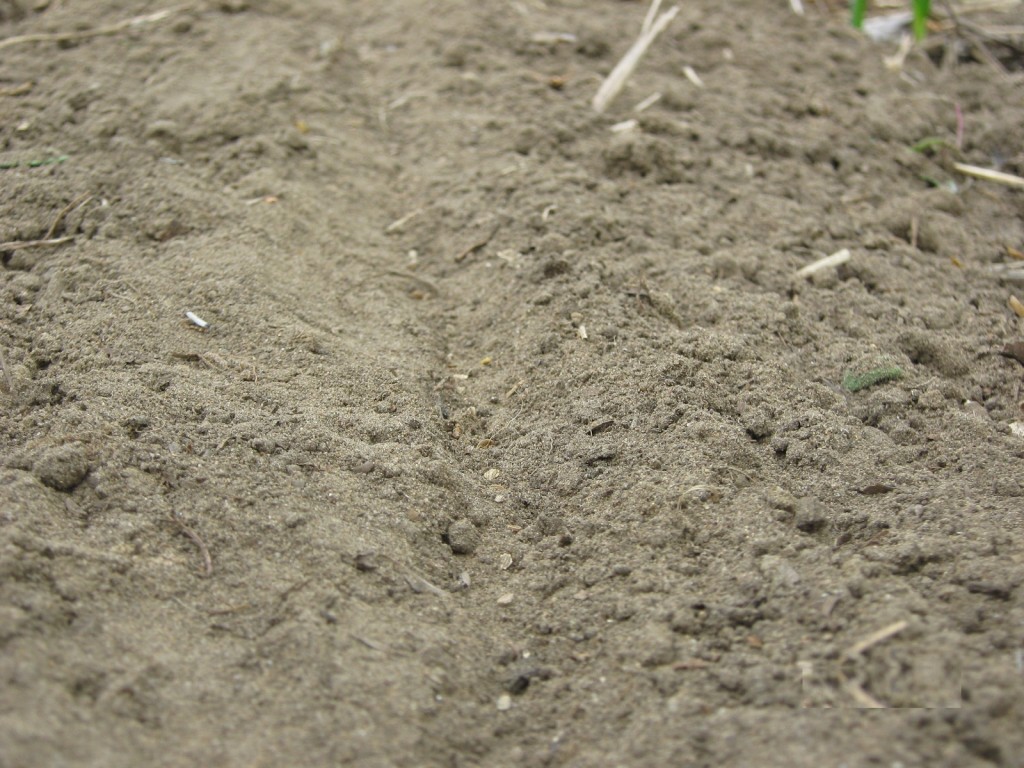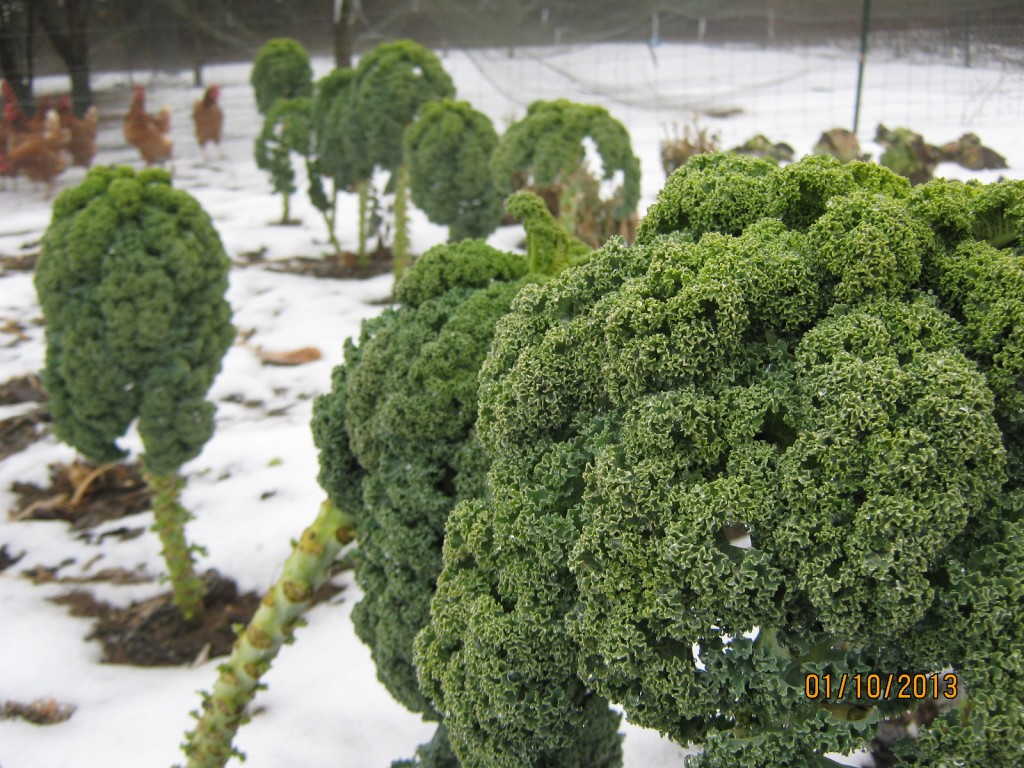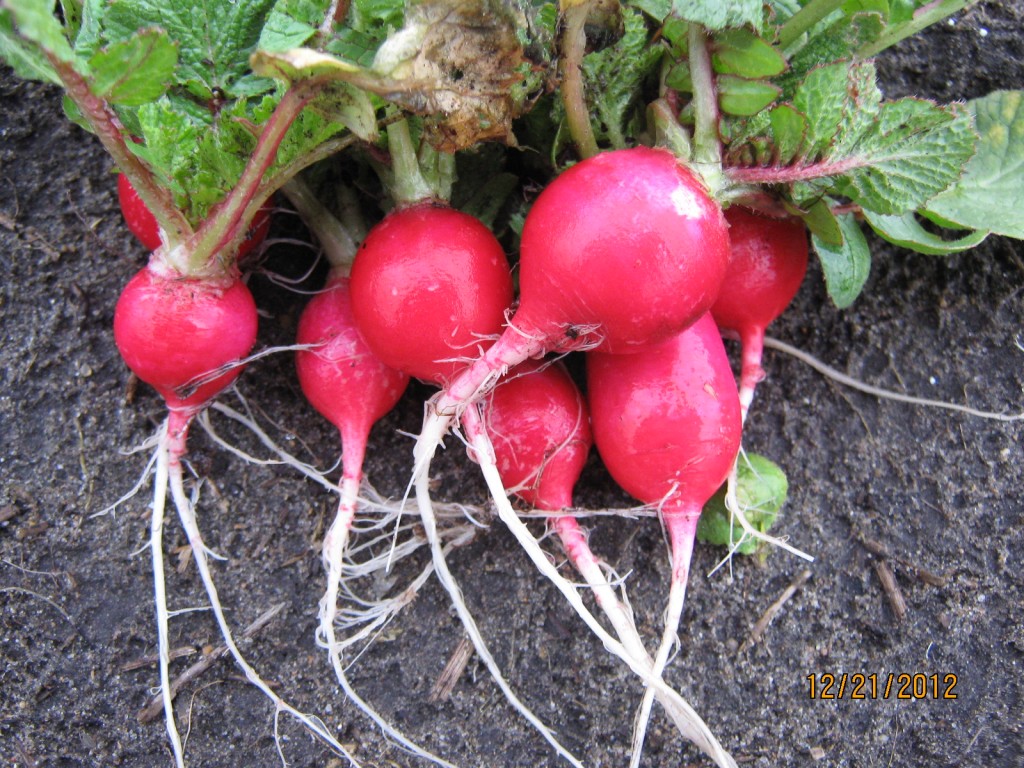It sure looked like it was going to be a banner year for my potatoes. I planted three rows, sixty feet long, in the deepest darkest garden soil I have.
The cool temperatures and regular rain at the beginning of the season pushed them along — I never had such a beautiful looking potato patch. I was already worrying about what to do with my bumper crop.
I mounded up my potatoes early on so that the rows sat about six inches above the garden bed. This was going to give them plenty of space to produce lots of spuds.
Then the rains kept coming and the potato patch started getting pretty wet. The soil was so wet that I couldn’t walk in that area without rubber boots.
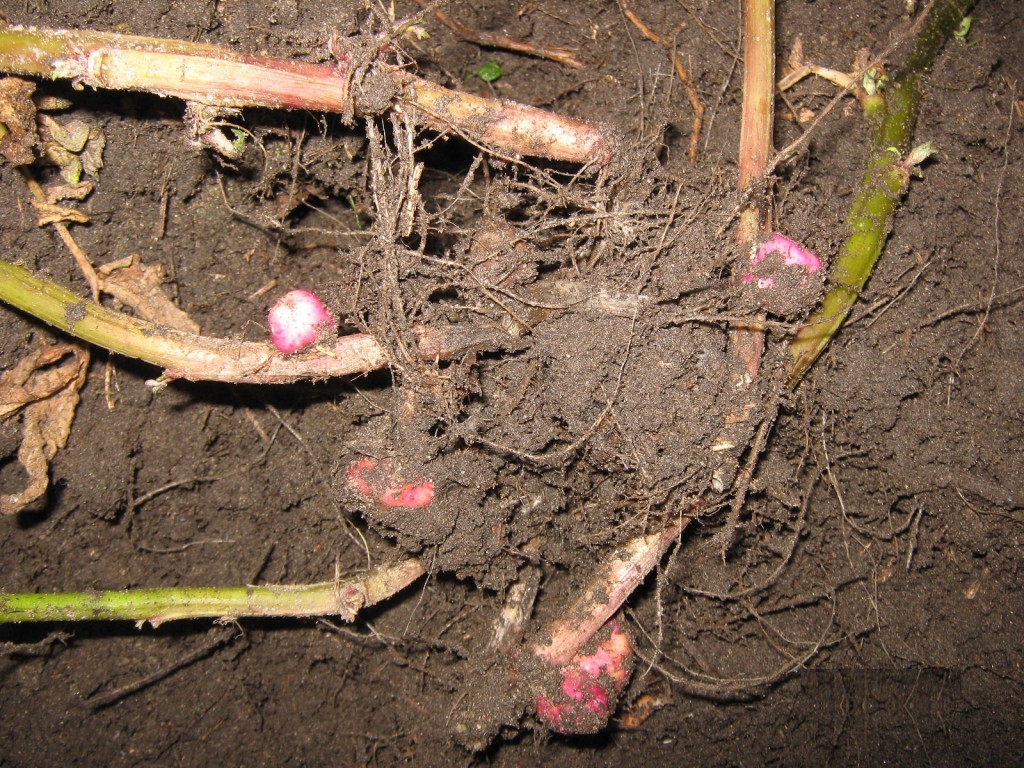
The roots rotted away because of too much water. The plants still attempted to produce potatoes by growing potato-like tubers on the stems.
The last straw came when a storm dumped over four inches of rain all at once. The potatoes were standing in water for days — the raised rows looked like islands in a pond.
Now, what once looked like a surplus of potatoes, is now a crop failure. I’ve gardened in that spot for many years and never had a water problem like that in July.
You never know what a new garden season will bring. Next year it may be a plague of insects. Or, maybe it will be a bumper crop — that’s what keeps it interesting.
Bob
